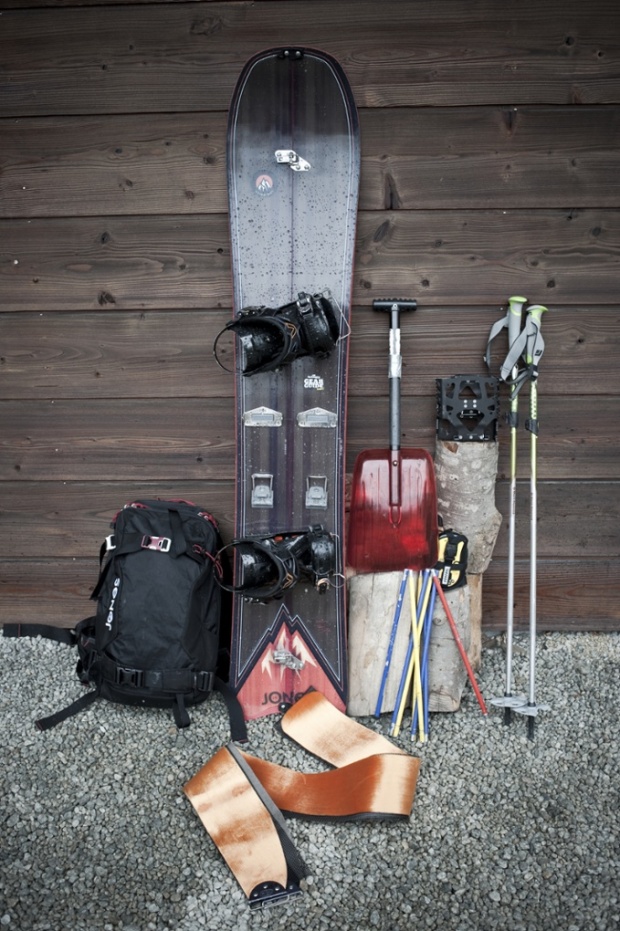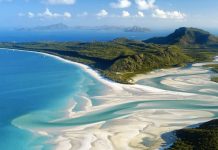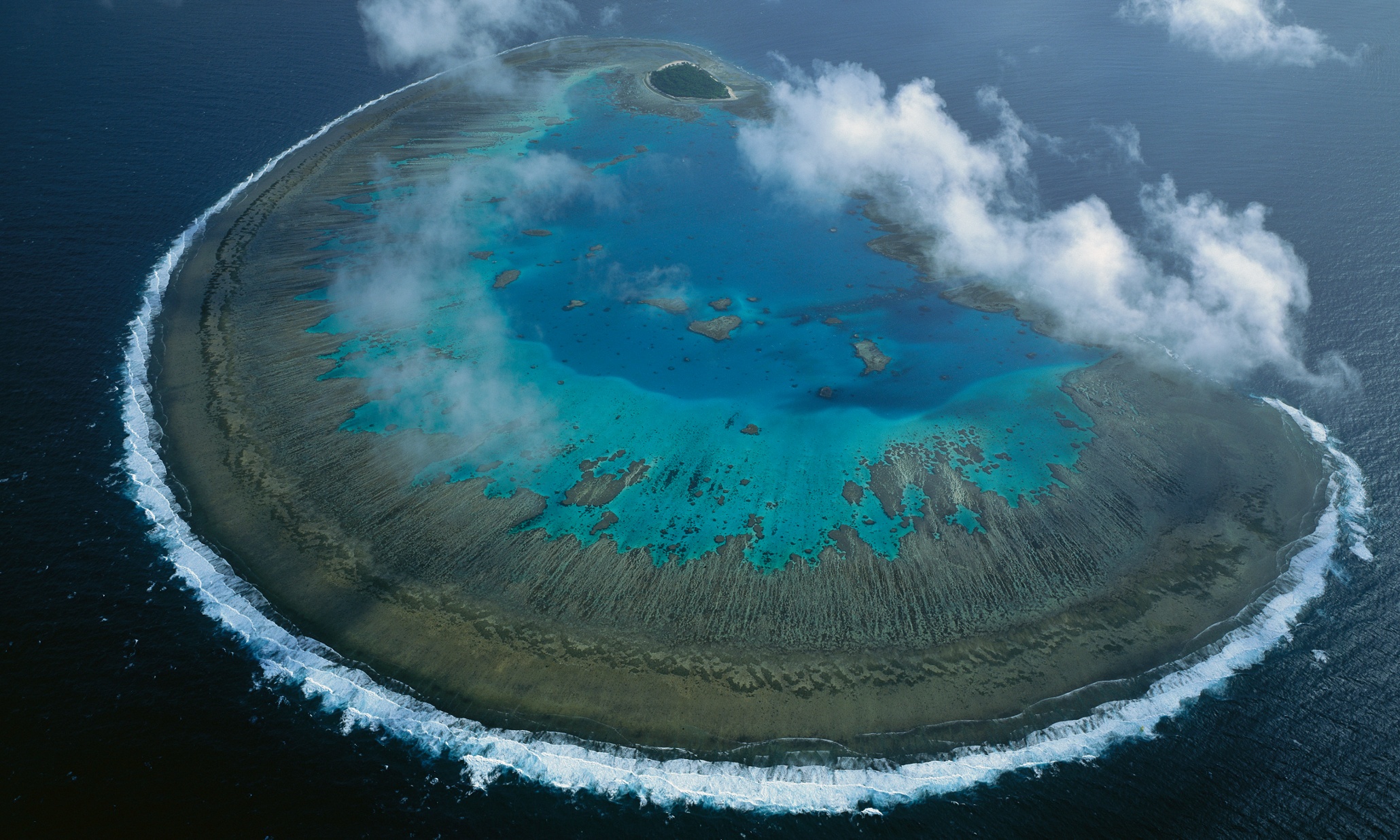This post may contain affiliate links. We may earn money or products from the highlighted keywords or companies or banners mentioned in this post.
A chorus of avalanche bombs resounds around the Chamonix valley, followed by a rumble of slides. “It’s the first time we’ve heard the avalanches all season,” says Tod, our chalet host.
It’s late March and I’m in the extreme sports capital of France, to experience Rudechalet’s introductory course on splitboarding.
Over the past few years, interest in splitboarding – taking to the slopes on a board that comes into two pieces to be used as touring skis to hike uphill and reach fresh snow, away from the lifts and pistes – has grown substantially. In response, Rudechalet has created all-inclusive chalet-based splitboarding holidays for up to six people.
The sport first became known in the 1990s, when snowboard maker Burton released its first splitboard. But it wasn’t until 2010, when more reliable and accessible binding systems came on stream, that it became popular. It’s now quite a craze among older snowboarders, who love how it lets them hike to ride virgin snows beyond lift access.

“Splitboarders are usually between 30 and 40” says Martin Dreer of Chamonix sports shop, Zero G, where we hire our equipment. “They are riders who already snowboard and now want to go into the backcountry.”
This is a perfect description of our six-man group, seasoned veterans with families and a reluctance to try the more dangerous and acrobatic trends in snowboarding, like half-pipe and slopestyle. We are also looking for a little more comfort. Accommodation for Rudechalet’s next splitboard week is a deluxe ski-in, ski-out chalet at the base of the Grands Montets.
For five days we hike and ride the more inaccessible steeps of Chamonix. The routine is rigorous and demanding physically, but our stamina improves and we can eventually assemble and disassemble the boards, skins and poles in a respectable time. Our Belgian guide, Lars, also teaches us the basics of mountain safety: from searching for avalanche victims to understanding the dangers of riding in the mountains.
By the morning of our last day of splitboarding, the one thing we haven’t yet found is untracked powder, the holy grail. Fresh snow duly arrives, but Lars is worried that the base on which it sits has been compromised by warm weather. Scudding cirrus clouds and plumes of powder from the peaks of the Graian Massif also point to a high avalanche risk.
Lars and a fellow guide suggest we trek the Grands Montets or the midstation of the Aiguille du Midi, but we’d completed both routes earlier in the week and the group is itching for something more challenging. By 10am the Chamonix lifts still haven’t opened and a group decision is taken to drive through the Mont Blanc tunnel to see if the Vallée Blanche is accessible from Courmayeur. We arrive to find the car park empty but the Monte Bianco lift running. We ride the old bubble up to the Punta Helbronner then boot pack out to the Flambeaux Col, where we strap in and lay tracks through knee-deep powder to the edge of the glacier. We are alone, which is unusual for this superhighway of backcountry routes. It’s the stuff splitboarding dreams are made of.

Photograph: Danny Burrows
We then skin up the glacier for an hour-and-a-half to 3,527-metre Col d’Entreves. “You earn your lines splitboarding,” Lars tells us. He compares it to getting waves in surfing. “Skinning for fresh snow is the closest you’ll get to paddling out.”
Tucked behind a fence of sharp monoliths that separate us from a 700-metre drop back into Italy we reassemble our boards and devour packed lunches. But without warning a freezing wind suddenly overruns our nest, drowning us in cloud.
We now only have GPS and the occasional glimpse of the surrounding peaks to guide us. Lars remains outwardly calm but his barked orders suggest the conditions worry him. The Vallée Blanche is a living glacier, its surface littered with deep crevasses, which will be concealed by weak bridges of snow. We inch our way down in single file, following our guides. We are ordered not to remove our boards in the hope that they will spread our weight if we do traverse a crevasse, and we keep our poles extended to shore us up. This is an adventure but it is far from fun. The mountains of Chamonix claim over 50 lives a year. Only two weeks before our arrival a father and son had got lost and fallen to their deaths.
Our descent, which should take less than two hours, becomes a four-hour battle, with the fresh snow that should have been the jewel in the crown of our splitboarding experience becoming a burden. Finally, we dip below the clouds and skirt the wall of seracs that denotes the end of the Mer de Glace.
We had begun the day hoping for a snowboarding experience that went beyond what a chairlift can offer, and ended it glad to be alive.
“Was it worth it? Would you do it again?” I ask the guys over celebratory beers. To a man the answer is a resounding “Yes!”
If you feel that you’ve reached your ceiling of enjoyment in snowboarding but don’t have the teenage body to survive the rigours of contemporary freestyle riding, or if you’re just hungry for fresh powder away from the crowds, give splitboarding a go.
• The trip was provided by Rudechalets (08700 687030, rudechalets.com), whose next splitboarding intro week is 22-29 March 2015, from £1,399pp, including full-board accommodation, transfers from Geneva, equipment, lift pass and guiding
Doing the splits: a beginner’s guide
Equipment
New splitboards are more expensive then normal boards but there are some discounts this season. Burton Snowboards, Jones, Arbor, LibTech, Rome and K2 all produce fine splitboards, while two small US companies, Karakorum and Spark, are among the forerunners in the making of bindings. Gecko and Voile make good skins. The Lib Tech T.Rice Split is £874 (reduced from £910) at Snow and Rock (snowandrock.com), and the Jones Women’s Solution splitboard £560 from Ellis Brigham (ellis-brigham.com). Voile has a DIY kit for converting an old snowboard into a splitboard ($160, voile.com), or you can rent them in major resorts.
Splitboarding equipment can cost anything from €1,500 to €3,800 at Zero G in Chamonix. This includes a board, bindings, skins, crampons and poles as well as a safety backpack containing transceiver, probes and a shovel.
Courses
Other splitboarding courses in the French Alps include Mint Snowboarding (mintsnowboarding.com); McNair Snowsports (splitboard-courses.com); and the Rider Social (theridersocial.com). RPM Guiding has a course in the Lyngen Alps, Norway (rpmguiding.com); the Splitboard Education Collective has a camping and splitboarding course in Utah, US (splitboardeducation.com); and Splitboard Guides International offers courses all over the world, from heli-splitboarding in Alaska to riding volcanoes in Chile (splitboardguidesinternational.com).
Festivals
The Brauneck Splitboard festival (€249pp, 23-25 January 2015, splitboard-festival.de) in Lenggries, Germany, offers backcountry touring, workshops and coaching, splitboards for sale, live music and movie nights. Other splitboard festivals include Climb the Mountain in Silvretta-Bielerhöhe, Austria (also 23-25 January, climb-the-mountain.com); Manzana in Sotres, Spain (13-15 February, sasq.org); Ascend in Jasper, Canada (March, ascendsplitfest.com); and Bear Valley Freeheel, California, US (27-29 March, mtadventure.com).
• More information at splitboard.com
Powered by WPeMatico











